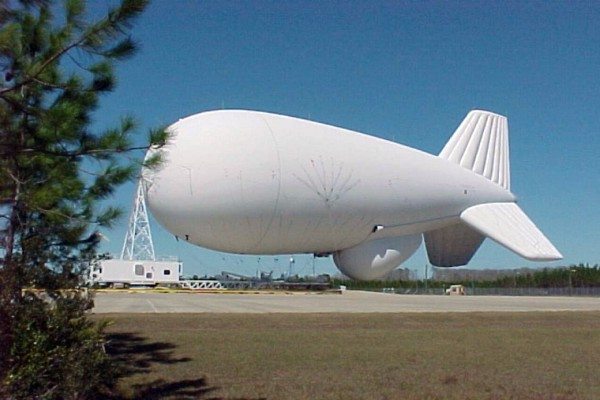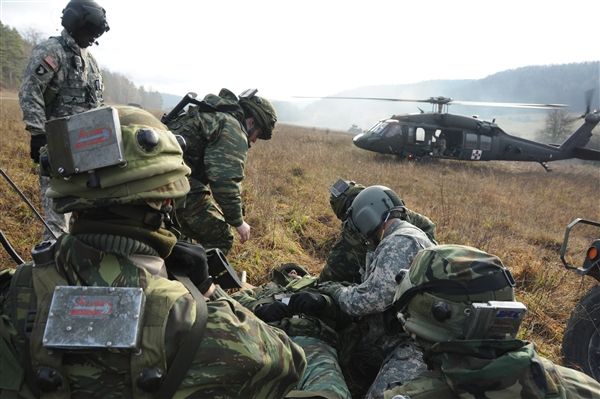A recent U.S. Army and Navy test has proved that the Raytheon JLENS can integrate with defensive systems currently in the U.S. Navy’s inventory to provide, for the first time, overland cruise missile defense from the sea.
During the test, a JLENS’ fire-control radar acquired and tracked a surrogate anti-ship cruise missile target. The track information was passed to sailors via the Raytheon-made Cooperative Engagement Capability (CEC) sensor-netting system.
The sailors then fired a Raytheon-made Standard Missile-6 at the target. Initial SM-6 guidance used targeting information provided by the JLENS via CEC to the Aegis Weapon System (AWS) until the SM-6’s onboard radar was able to acquire and track the target.
“JLENS has demonstrated its ability to integrate with other components of Naval Integrated Fire Control-Counter Air, significantly expanding the force’s cruise missile defense umbrella,” said Dean Barten, the U.S. Army’s JLENS product manager.
“Commanders can detect threats shortly after they are launched with JLENS’ 360-degree, long-range surveillance capability, while the JLENS integrated fire-control radar enables commanders to more effectively employ weapons like the Standard Missile 6.”
“JLENS is a proven asset that, when deployed, will protect U.S. and coalition lives,” said Dave Gulla, vice president of Global Integrated Sensors in Raytheon’s Integrated Defense Systems business.
“JLENS’ long-range surveillance capability extends the battlespace and gives commanders more time to identify and respond to incoming threats, instead of the handful of seconds they have today.”
JLENS is an elevated, persistent over-the-horizon sensor system. It uses a powerful integrated radar system to detect, track and target a variety of threats.
This capability better enables commanders to defend against threats, including hostile cruise missiles, low-flying manned and unmanned aircraft, and moving surface vehicles such as boats, SCUD launchers, automobiles, trucks and tanks. JLENS also provides ascent phase detection of tactical ballistic missiles and large-caliber rockets.
- A JLENS system, referred to as an orbit, consists of two tethered, 74-meter aerostats connected to mobile mooring stations and communications and processing groups.
- The aerostats fly as high as 10,000 feet and can remain aloft and operational for up to 30 days.
- One aerostat carries a surveillance radar, while the other carries a fire control radar.











